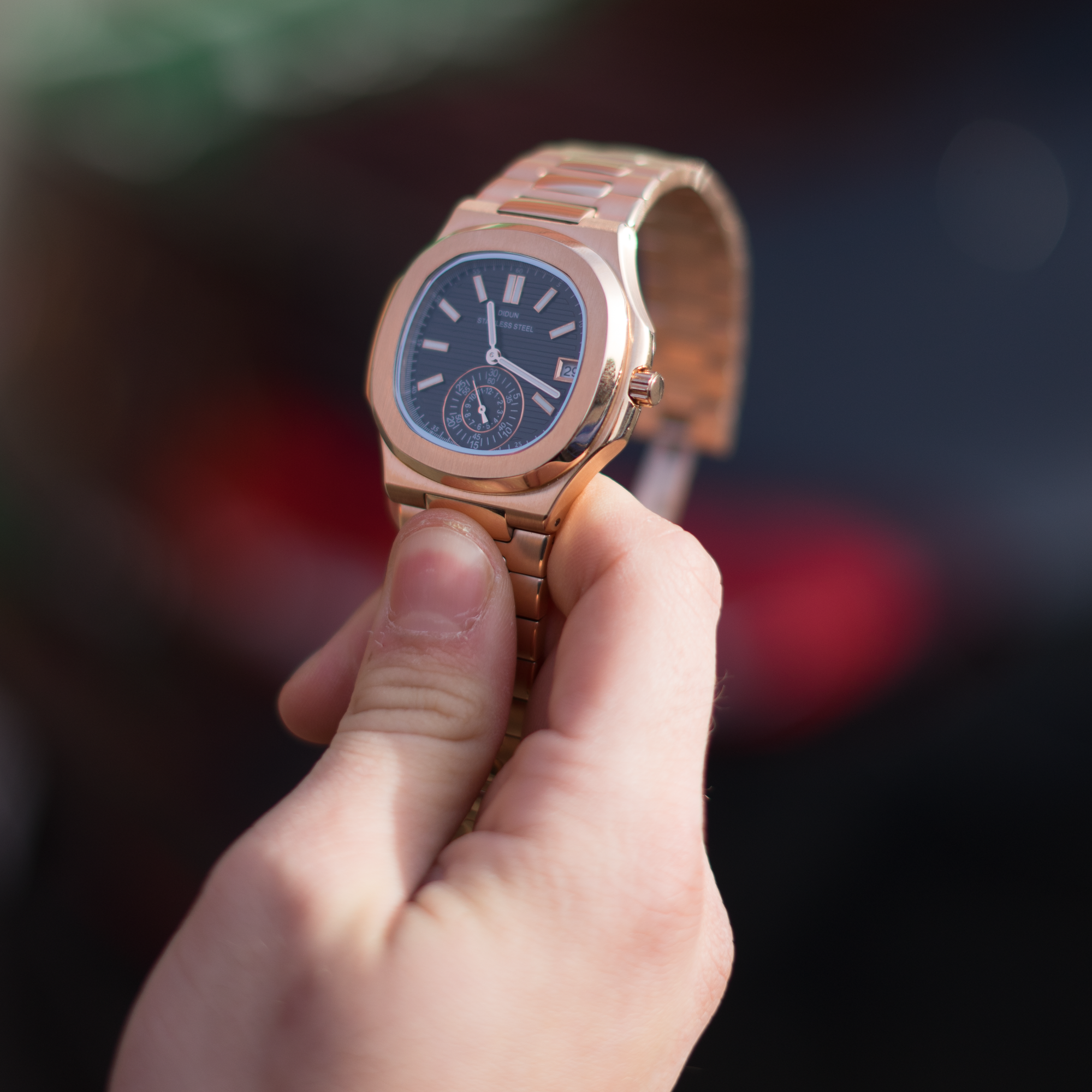Introduction
Timekeeping has been an integral part of human civilization since the earliest days, shaping the way we live, work, and interact. Over the centuries, various devices and methods have been developed to measure and track time accurately. In this article, we will explore the fascinating history of timekeeping, from the earliest sundials to the modern smartwatches that have become ubiquitous in our daily lives.
Sundials: The Ancient Timekeepers
Sundials are among the oldest known timekeeping devices, dating back to ancient Egypt and Babylon around 1500 BCE. A sundial consists of a flat surface marked with hour lines and a vertical rod or "gnomon" that casts a shadow. As the sun moves across the sky, the shadow moves along the hour lines, indicating the time of day. Sundials were widely used in ancient civilizations, including the Greeks and Romans, who made advancements in their design and accuracy.
Water Clocks: Flowing Time
Water clocks, or "clepsydrae," were another early timekeeping method, with origins in ancient Egypt and Mesopotamia around 1500 BCE. A water clock measures time based on the flow of water into or out of a container. As the water level changes, markings on the container indicate the passage of time. Water clocks were more reliable than sundials in cloudy weather or at night and were used for various purposes, including regulating public events and time-sensitive activities.
Mechanical Clocks: The Dawn of Precision
The invention of the mechanical clock in the 13th century revolutionized timekeeping. The first mechanical clocks used a combination of gears, weights, and escapements to keep time. These clocks were large and primarily installed in church towers, allowing the entire community to track the time. As technology advanced, mechanical clocks became smaller and more accurate, eventually leading to the development of domestic clocks and pocket watches.
Pocket Watches: Personal Timepieces
The 16th century marked the beginning of the pocket watch era, with the first pocket watches being crafted in Germany. These early timepieces were worn around the neck or attached to clothing, often as a status symbol. Over time, pocket watches became more accurate and elaborate, featuring intricate designs, engravings, and complications like calendars and moon phase indicators.
Wristwatches: A New Era of Timekeeping
Wristwatches first gained popularity in the late 19th and early 20th centuries, initially as a practical accessory for women. During World War I, wristwatches became an essential tool for soldiers, who needed a convenient way to track time without fumbling with a pocket watch. After the war, wristwatches grew in popularity among men and women alike.
The introduction of the quartz movement in the 1960s led to a new era of timekeeping. Quartz watches are powered by a battery and use a quartz crystal to keep time, offering greater accuracy and affordability than mechanical watches. This technological advancement paved the way for digital watches, which use electronic displays to show the time.
Smartwatches: The Future of Timekeeping
The 21st century has seen the rise of smartwatches, which combine traditional timekeeping with advanced technology. Smartwatches are often connected to smartphones, allowing users to receive notifications, track fitness data, control music, and more. With their myriad of features and customizable designs, smartwatches have become an integral part of modern life, redefining the way we interact with time and technology.
Conclusion
The history of timekeeping is a testament to human ingenuity and our constant pursuit of innovation. From ancient sundials and water clocks to mechanical marvels and cutting-edge smartwatches, our methods of measuring time have continuously evolved, reflecting the changing needs and priorities of our societies. As technology continues to advance, it is exciting to imagine the future of timekeeping and the new ways we will interact with time. Will we see even more sophisticated smartwatches, or perhaps entirely new devices that redefine the concept of timekeeping? Only time will tell, but one thing is certain: our fascination with measuring and tracking time will endure as a fundamental aspect of human culture and progress.


